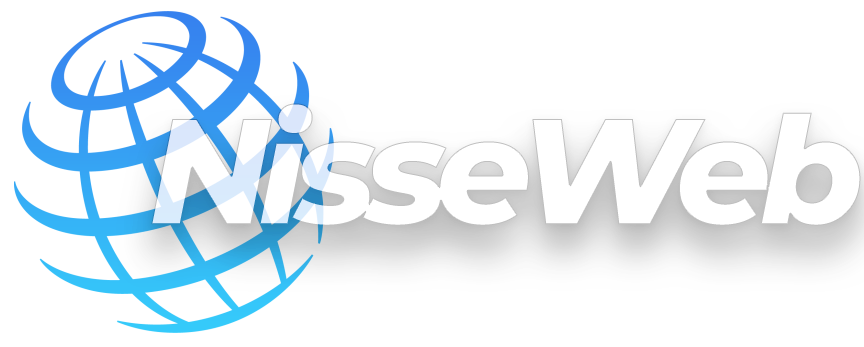More than web design
When I say ‘web design’, I mean more than creating a website.
Behind any successful website are a multitude of hidden ingredients, often unknown to those unfamiliar with the online environment. I understand this and for this reason, I will tell you everything that is behind a successful website because that is what you want from me.
In all my projects I will implicitly include a suite of services and actions from domains that you may not know, necessary for each website for a correct appearance on the Internet.
Probably in your interactions with the online environment, you have not heard names like ‘user experience’, web page ergonomics, SEO, conversion rate, Meta elements, structured data, CTA, navigation chain, ‘above the fold’… and more, and more. If you’re not sure what all this is and how to integrate it into your project specifications, I’ll tell you in confidence, don’t worry.
Just like you know your business like the back of your hand, I know the job and the skills very well. Leave all these terms with complicated names to me and I will take care to integrate them on your website, each in the right place. And, if you ask me, I will tell you about each one leisurely because they are part of my work and I like talking about it.
You are in good hands.

The NisseWeb package includes several works from fields and industries adjacent to the web sector, which I include in all my projects. So, you can ensure your website is ready for performance from the first day after launch. Here are some that will help you with a website.
Domain Name: Choose a memorable and relevant domain name that reflects your brand or the purpose of your website. It should be easy to write and pronounce.
Web Hosting: Select a reliable web hosting provider that offers enough bandwidth, storage, and security features to ensure your website stays online and loads quickly.
Responsive Design: Create a responsive web design that adapts seamlessly to different devices and screen sizes, including desktops, laptops, tablets, and smartphones. This ensures a consistent user experience across all platforms.
Fast loading speed: Optimize your site’s performance to ensure fast loading times. This includes minimizing HTTP requests, optimizing images, leveraging browser caching, and using content delivery networks (CDNs).
Search Engine Optimization (SEO): Implement SEO best practices to improve your website’s visibility in search engine results pages (SERPs). This involves keyword research, optimizing meta tags, creating quality content, and earning backlinks from reputable sites.
User-friendly navigation: Design intuitive navigation menus and site architecture to help users easily find the information they’re looking for. Use clear labels and organized categories to improve usability.
Quality Content: Create engaging, high-quality content that provides value to your target audience. These include informative articles, compelling images, videos, and interactive elements.
Security measures: Implement security protocols to protect your website from cyber threats, such as SSL certificates for encrypted connections, regular software updates, and strong password policies.
Mobile Optimization: Prioritize mobile optimization to meet the growing number of mobile users. Make sure all features and functionality work perfectly on mobile devices.
Analytics and Tracking: Set up web analytics tools like Google Analytics to monitor your website’s performance, track user behavior, and gather information for optimization.
Social Media Integration: Integrate social media buttons and sharing options to encourage social sharing and engagement. This helps increase the visibility and reach of your site.
Regular maintenance: Regularly update your website content, fix broken links, and resolve any technical issues to ensure smooth functionality and user satisfaction.
Start your WEB business journey with me
NisseWeb is a premium design agency focused on quality, innovation, and speed. I use technology to deliver results to grow our clients’ businesses

A web design that will capture the essence of your brand and appeal to your target audience. From Wireframes to beautiful user interfaces that drive engagement and conversions.


NisseWeb is a premium design agency focused on quality, innovation, and speed. I use technology to deliver results to grow our clients’ businesses
Copyright: © 2024 nisseweb theme by NisseWEb. All Rights Reserved.

